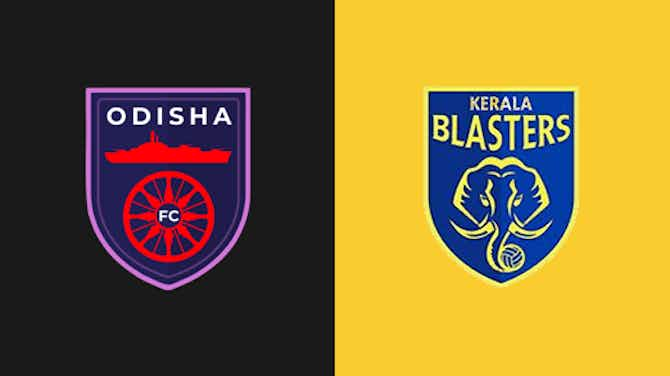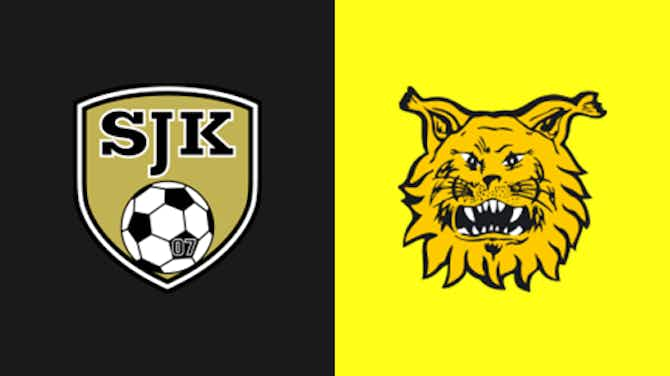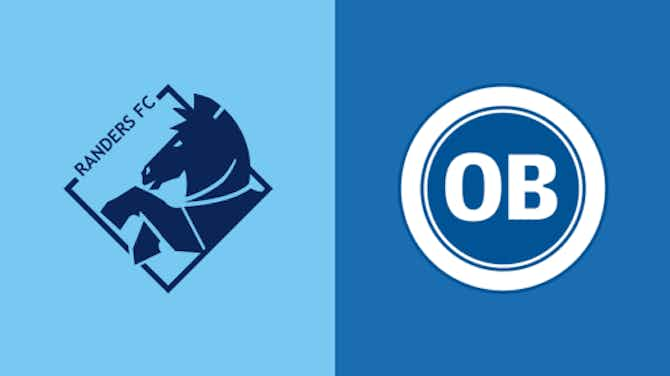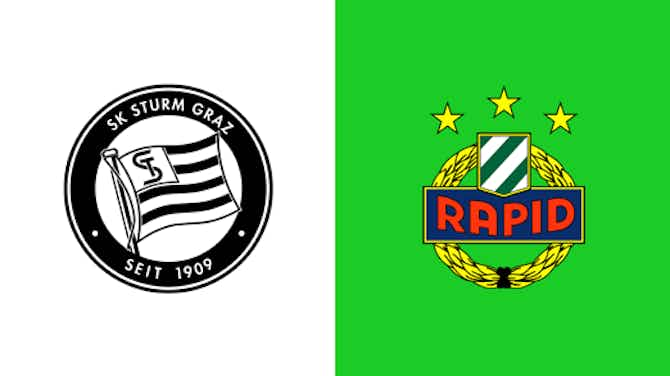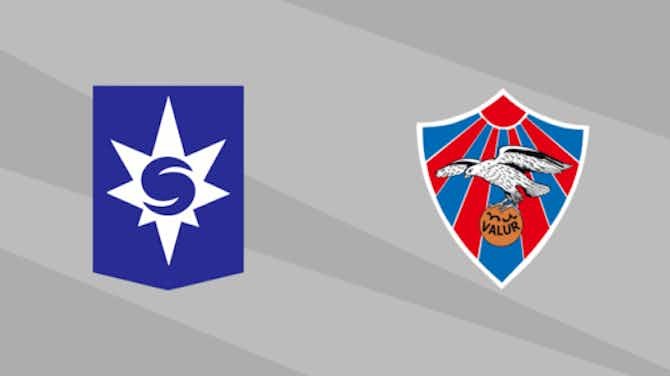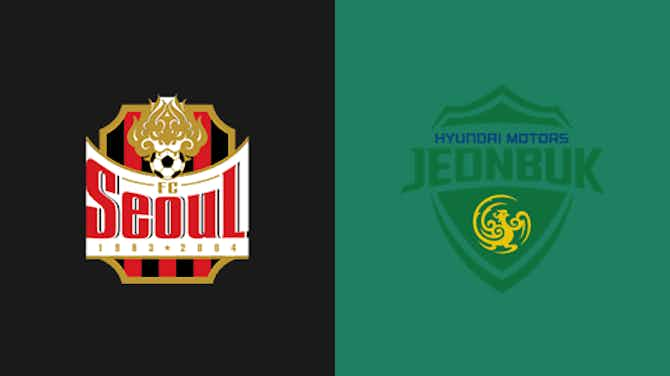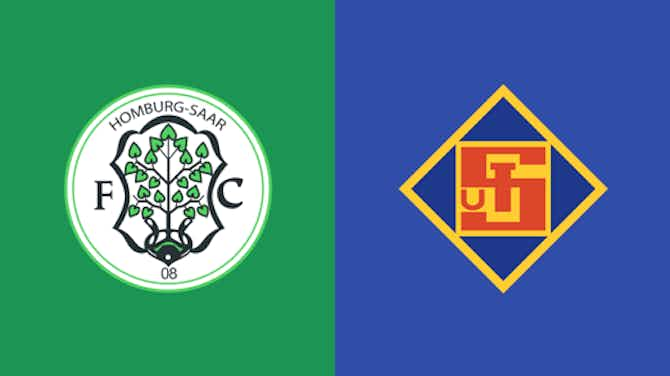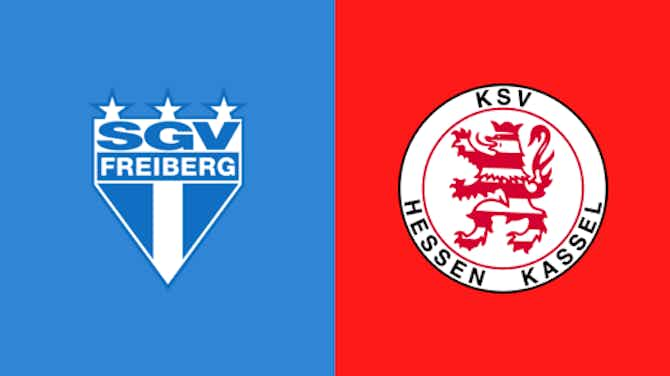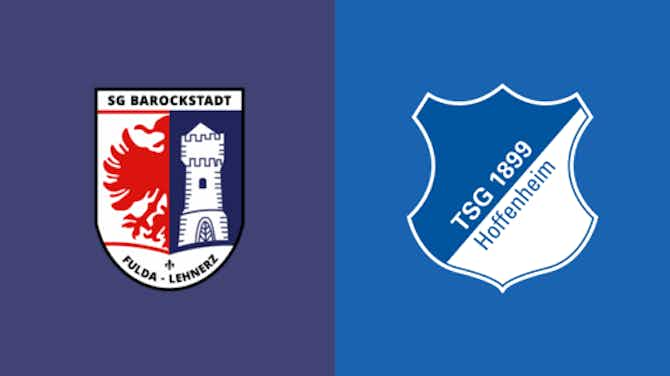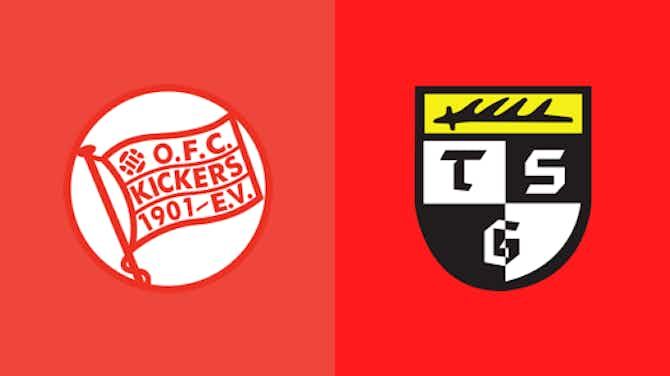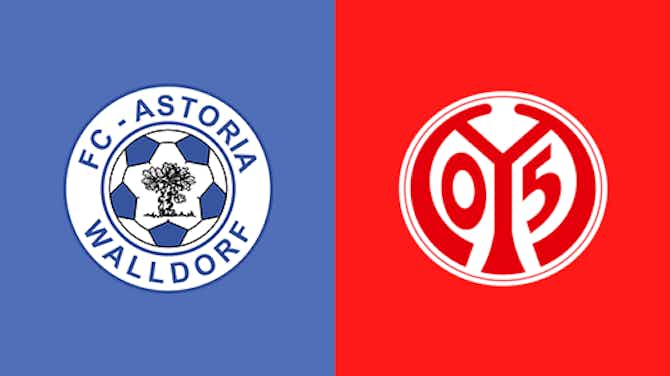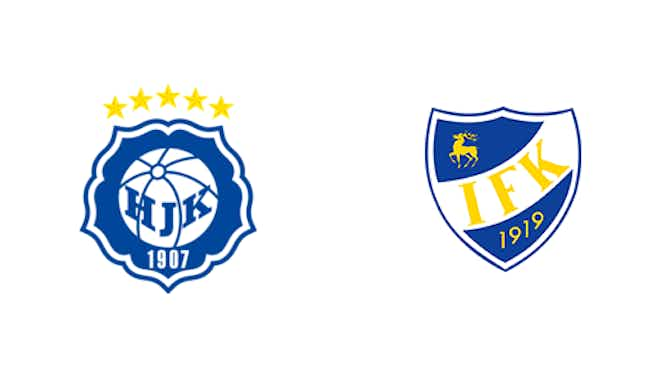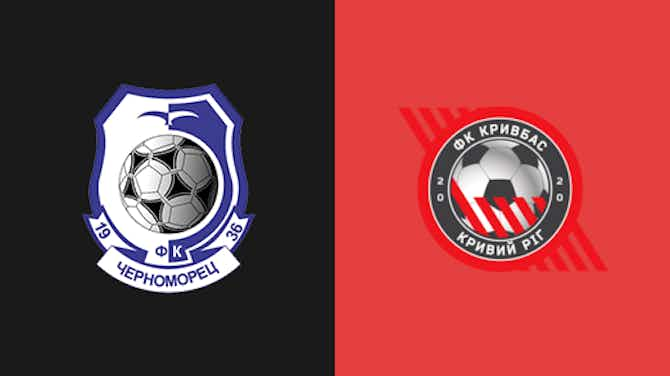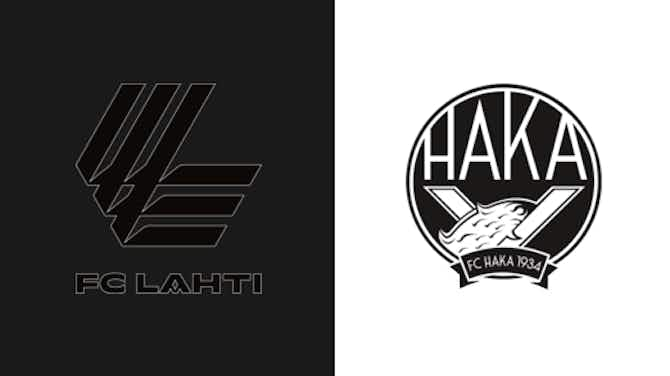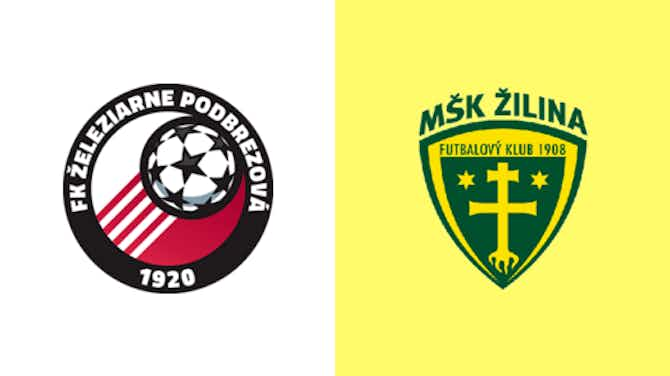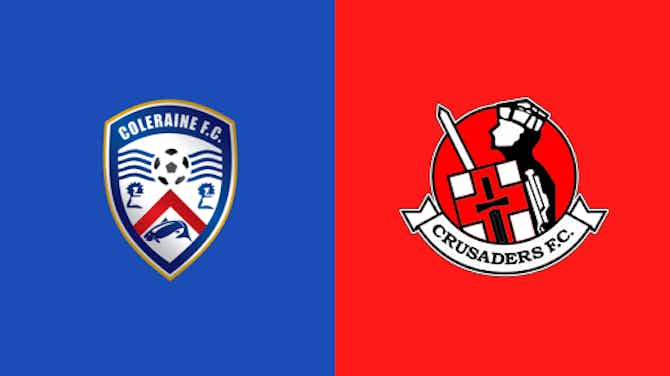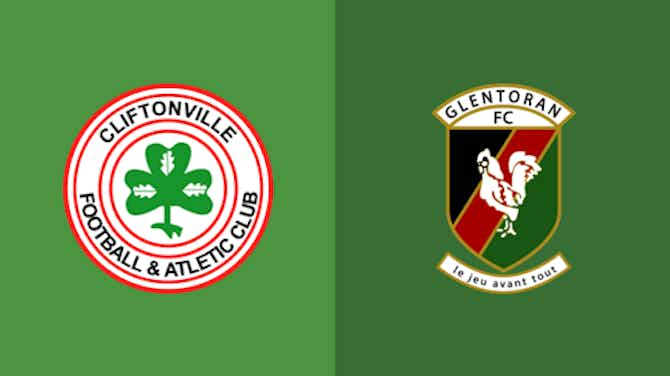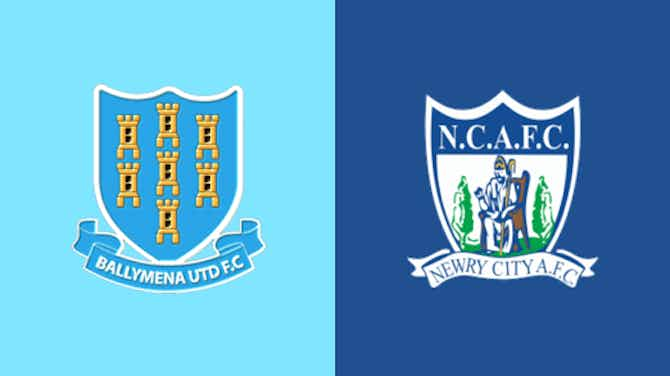The Celtic Star
·14 January 2022
Celtic’s Complicated Relationship With Hibernian – (Part 4)

The Celtic Star
·14 January 2022

Celtic and Hibernian have had some tempestuous moments over the last century and beyond. Fact and fiction combine in supporters’ analysis of these moments, particularly where Harry Swan is concerned. This article seeks to redress matters by giving an objective analysis of two key points of contention.
Celtic fans often slander Hibs for their role in the infamous flag controversy of the early 1950s. Additionally, Harry Swan is often described as an anti-Irish bigot but the story is a little more complex than that. Before delving into the character of Swan and that flag furore, it has to be noted that Celtic were guilty of doing Hibs a disservice with a different vote in 1894.
At the end of Part 3 of this series, I referenced the findings of Brendan Sweeney in his books Celtic: The Battle For The Club’s Soul. The article concluded with quotes from the Scottish Sport newspaper when former Celtic member, Thomas Flood, had been congratulated for his role in the rebirth of Hibernian after they had won the Second Division. Flood responded by graciously accepting the praise and stressed that he hoped they would have no issues in being admitted to the First Division. Continuing from the quotes in Part 3, the report went on to state: “He hoped that the Hibs, having by hard work and consistency now won the championship of the Second Division, would be favoured with a sure passage into the First. If they did not, he believed there would be more than his club disappointed, for admission to the senior body was the only thing worth striving for in the Second Division.”
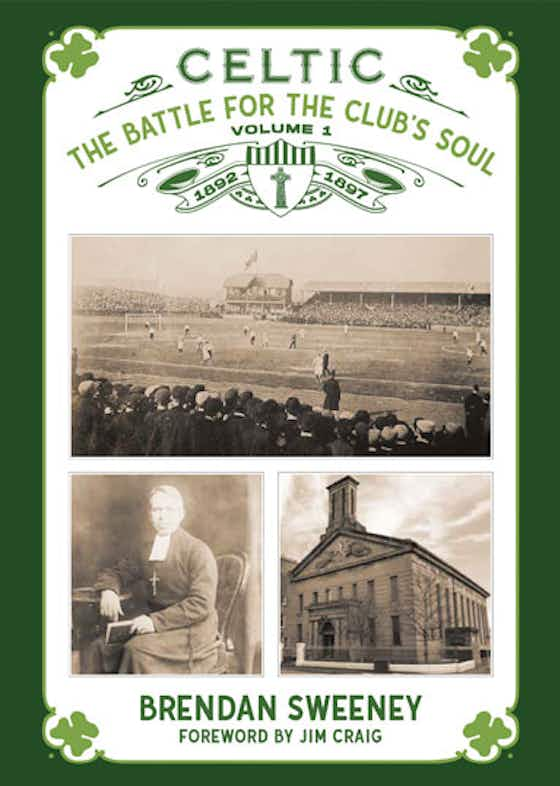
In that era of football, promotion and relegation wasn’t a simple matter. The process meant that the bottom three teams of the First Division went into a ballot with the top three teams of the Second Division, and three of the six teams were admitted to the top flight after all member clubs had their say via a vote.
On 1 June 1894, the Scottish League met and the ballot took place with all members present. The bottom three teams in the First Division were Dundee, Renton and Leith Athletic, whilst the top three teams in the Second Division were Hibs, Cowlairs, and Clyde. Brendan Sweeney, in his aforementioned books, writes: “After the first ballot, Dundee and Clyde were favourites for the First Division and the second ballot confirmed this with an equal share of the votes for both in the top two places of 14 each. Hibernian were forced to drop out of proceedings after the first ballot having only received one vote. This only left one place to be filled and it went to Leith Athletic on 8 points, with Cowlairs on 4 points and Renton on 2 votes. Hibernian’s single vote in the first ballot went to Leith Athletic in the second ballot, but no other votes changed.”
Dundee had been admitted to the First Division the previous season in an effort to improve the standard of the game in that city and they were commended in their efforts in which they finished in eighth place out of ten, so there was no surprise that they were re-elected. However, it was astounding that Hibs weren’t granted entry. To make matters worse, they had only won one vote out of 42! Not even fierce rivals Hearts, who would have reaped the financial rewards of the derby game, voted for Hibs’ admission.
The reasons listed for why Hibernian were not favoured in the vote were many, the main being that a rumour had gathered pace that the club would disband if they were not promoted. The gossip was untrue, but a strong sense of anti-Irishness no doubt motivated others to try and kill the Hibees, while it would also have been galling for many Scots to have two well supported Irish clubs in the top flight. That said, Celtic did not vote in Hibernian’s favour either, so they too take some blame. This was probably because it would help Celtic to maintain their position as Scotland’s main Irish club if they remained in a higher division than Hibernian.
Strangely, Hibs won the League again the next season and did gain promotion that time. The two clubs met in several friendlies that summer and buried the hatchet. The new Hibernian’s first season in the top flight saw them fetch crowds of 17,000 at Easter Road for a meeting against Hearts, with the Hibees playing in front of 20,000 at Celtic Park the following week.

Celtic’s misdemeanour in not lending their vote to Hibs in the 1890s was superseded by the Hibees’ own voting misdemeanour in 1952. It was then that there had been major crowd trouble between Celtic and Rangers at the New Year’s derby. In response to this incident, the Glasgow Magistrates invited representatives of the Scottish Football Association and the Scottish League to consider the following proposals:
1: The Rangers and Celtic clubs should not again be paired on New Year’s Day, when passions are likely to be inflamed by drink and more bottles are likely to be carried than on any other day.
2: On every occasion when the clubs meet admission should be by ticket only and the attendance limited to a number consistent with public safety, the number to be decided by the chief constable.
3: In the interests of safety of the public Celtic F.C. should be asked to construct numbered passage-ways in the terracing at each end of Celtic Park.
4: The two clubs should avoid displaying flags which might incite feeling among the spectators.
The final point was the one that was taken forth by the SFA, courting immeasurable controversy with its vague wording and likely reference to the tricolour. The national flag of Ireland was, and still is, an essential symbol of Celtic’s Irish heritage. The particular flag flown at the stadium at the time had been handed to Celtic Football Club by the first Taoiseach of Ireland, Eamon De Valera. It was not a gift that would be readily removed.
Knowing the value of Irish identity to Celtic, many fans were concerned that some within the SFA would seize the opportunity to use the recommendations against the club. Those fears were realised when, after consideration, the Referee Committee of the SFA ruled that ‘Celtic be asked to refrain from displaying in its park any flag or emblem that had no association with the country or the sport on match days.’ While expressing dissatisfaction that other recommendations had not been adopted, the Glasgow Magistrates endorsed the decision of the Referee Committee, as did the SFA council (Hibs’ Chairman, Harry Swan was then the acting SFA President), by 26 votes to 7. However, Mr. John F Wilson, Chairman of Rangers, told the council: “The emblem has never been of any annoyance to Rangers. Don’t delude yourselves.” Wilson’s stern contention that the flag of Ireland should be permitted to ripple in the wind above Celtic Park should not come as any surprise. Indeed, for Rangers to prosper they needed that badge of Irishness across the city: a representation of the very thing that their club had become the antithesis of in order to manufacture an identity and attract support.
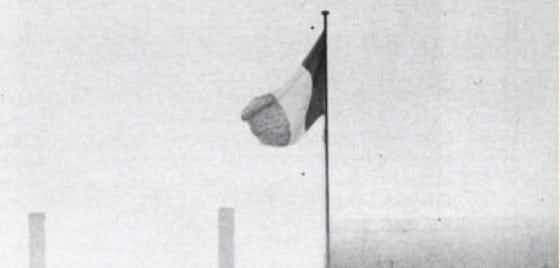
The Irish flag at Celtic Park
Bob Kelly defended Celtic’s traditions in less than phlegmatic fashion. He claimed that he would rather remove Celtic from Scottish football and start playing Gaelic games at Celtic Park than comply with the order. Kelly felt that to ignore the historical significance of the club would render its existence meaningless. This was not a mere matter of a flag. It was the surface of a wider battle against anti-Irish racism and institutionalised bigotry.
Kelly’s abrasive resistance ultimately led to the flag issue being voted on by all teams in the league. Hibernian voted in support of the SFA, a disappointing move from a fellow Irish inaugurated club. Amid incredible irony, the deciding vote lay in the hands of Rangers. As previously alluded, Rangers had the foresight to consider the financial implications of the situation and determined that they wished for the tricolour to stay at Paradise.
The SFA Council convened a meeting to discuss the outcome of the vote (chaired by Harry Swan), which had favoured Celtic’s stance. Despite the Hoops having a mandate from the rest of Scottish football, the council decided to hold a vote of their own, as to whether they should reverse their ruling on the flag issue. It was a disgraceful mark of the organisation’s bigotry that their internal vote rejected the democratic voice of Scottish football.
The battle lines were well and truly drawn. If Celtic continued to fly the Irish flag in defiance of the SFA ruling, and any misconduct by their supporters took place, then the club would face a fine, closure of the ground, or suspension from the league. As ever, the Celtic board would not give in. Desmond White (Celtic Chairman in the late 70s) commented to The Evening Times: “It is indeed a sad commentary on the bigotry which still exists in the West of Scotland that this flag should be looked upon as an act of provocation. Eire is after all, a friendly country. Many of our supporters are wholly or part of Irish origin and naturally are proud of their Irish ancestry and would have every right to feel slighted if the tricolour was singled out for removal.”
The genuine threat of expulsion hung over the club for the remainder of the 1951/1952 season. George Graham (SFA Secretary, Grandmason, and Orangeman) led attempts to punish Celtic further, a move which Desmond White later said: “Will see him roast in hell.” The bitter clique led by Graham continued to press for Celtic to take down the flag and submit to the SFA’s demands. Celtic had taken legal advice on the matter and were confident about the outcome. However, Graham was not an easy man to tackle with his masonic connections.
Surprisingly, Hibernian Chairman Harry Swan publicly backed the SFA Secretary at this time. The position was largely held because of Swan being acting SFA President. Swan was also thought to be a Freemason himself, but contrary to popular belief in Celtic circles, it appears that he was simply acting to further his personal ambitions and strengthen his relationship with the top brass of the game’s governing body in Scotland.
Indeed, Swan’s masonic links have been assumed to be anti-Irish/anti-Catholic by many Celtic supporters, which would then explain why he wanted Celtic to remove the tricolour. This theory is also assumed, by some Celtic fans, to be the reason behind Swan removing the harp badge from Easter Road. However, a closer examination of the man suggests different.
The large motif on the entrance at Easter Road was lost on demolition due to rebuilding part of the stadium. This destruction was necessary, and it occurred several years into Swan’s tenure. He commissioned works from Ireland for Hibs, including commissioning a new Hibs’ crest to replace the motif that had been lost. This sat in the boardroom at the stadium and upon Swan’s passing, it was gifted to his widow.
Much like Hibernian’s eventual prevailing with promotion in the 1890s, Bob Kelly’s persistence finally paid off when clubs and authorities alike realised that Celtic were not going to budge, and their expulsion would have huge financial repercussions for Scottish football. Speaking to a lay Catholic organisation years later, Bob Kelly stated: “We had no need to be ashamed of our fathers, nor had we any cause to be ashamed that those founders (of Celtic) came from that country that has provided protagonists for liberty wherever they have settled.”

Sir Robert Kelly
Look out for Part 5 tomorrow morning, when we look at the different directions that the clubs have taken over the years, and some of the fallout from that. Are fans outside of Glasgow glory hunters? If it wasn’t for the Hibees would we really have been Rangers fans? Did Celtic steal the Hoops? Find out in Part 5.
It has been brought to my attention that some Hibs fans on Hibees Bounce forum have been following the series and comments have been very positive thus far. So, thank you to the Hibs supporters getting involved in the stories of our complicated relationship!
Here’s some of the comments:
Liam drifts into the world of player stealing, again pretty fair although no mention of the pubs Celtic supposedly gifted the Glasgow based Hibs players to entice them back, and the the classic old firm whattaboutery of Hibs doing the same thing to other wee clubs. Best appraisal of the early days of our illegitimate offspring written by a Celtic man so far imo.
There are some real gems in this material such as Celtic twice giving donations to help prop up a financially ailing Hibs evidenced with precise details that’s nothing less than outstanding historical research. The author’s general conclusion that the original Hibs club was racked by Irish political turmoil and factional infighting and financially bankrupt due to the theft of the club funds is very accurate as is his outline description of how “backhanders” and “inducements” paved the way towards early professional football contracts. There is a Celtic slant to his writing as you would expect but he acknowledges the huge part Hibs played in Celtics foundation I don’t have a problem with any of his conclusions. Its light years ahead of the “Celtic stole all oor players” garbage you hear from the Hibs pub bores which should have been put to bed years ago as the real story is far more complex, fascinating and interesting.
